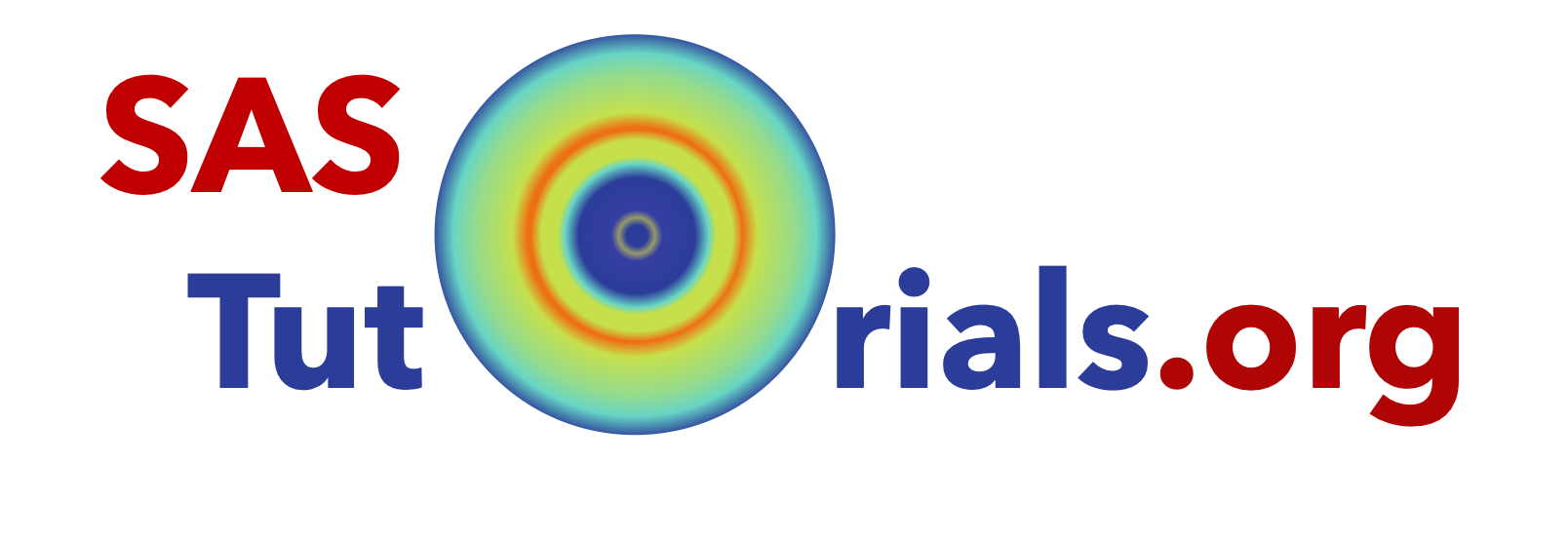Home
About SAStutorials.org
Andreas Haahr Larsen

Illustration of some of the main ideas behind SAStutorials.org
Idea and inspiration
SAStutorials.org was initiated in 2023 by Andreas Haahr Larsen, Jacob Kirkensgaard and Martin Cramer Pedersen. The basic idea came from the observation that small-angle scattering (SAS) is difficult to interpret for students and new users alike. There are many pitfalls in the analysis and interpretation of SAS data.
Motivated by this, we wanted to create an effective learning platform that could be used in courses and as self-study. This led to SAStutorial.org, first as a tool used in our own courses at University of Copenhagen, but later expanded to (hopefully) be a community learning tool.
The site is motivated by a similar tool in molecular dynamics (MD) simulations, www.mdtutorials.com (by Justin Lemkul), which is a widely used resource for learning MD simulation.
Tutorial design and didactic principles
The core design ideas and pedagogical principles have been described in our 2025 paper published in Journal of Applied Crystallography.
Please cite this paper if SAStutorials.org is useful for your research.

The SAStutorials.org logo, encompassing an idealized isotropic 2D scattering pattern.
Presentation video
SAStutorials.org was presented at the SAS2024 conference, and a (post) recorded version is available here.
Core principles
SAStutorials.org rely on four core principles- Activity. We believe learning comes from hands-on activities, whether through working with different data analysis strategies, or derivations of form factors. Learning comes from what the learner does, not from what the teacher does (or says).
- Accessibility. We hope to make learning of small-angle scattering accessible to all users. All information and software should be accessible for all, and require as little effort as possible. We support Open Science.
- Transferability. The achieved skills should be transferable to actual data, such that the aquired skills can be applied to real science, not only "text-book problems".
- Inclusivity. We encourage active participation and contribution from experts in the field, to cover a broad range of sample types, experiemental techniques and analysis strategies/programs within the small-angle scattering "umbrella". Also, we encourage discussion and contributions from users of the tutorials.
Funding
Information about contributors and funding can be found on the frontpage (scrool down to the bottom of the page).
Help and feedback
Help us improve the tutorials by- Reporting issues and bugs via our GitHub page. This could be typos, dead links etc., but also insufficient information or unclear instructions.
- Addding a new tutorial. Follow this guide to get started.
- Posting or answering questions in the SAStutorials forum.
- Cite the paper - this will help us get funding to maintain and develop the website.